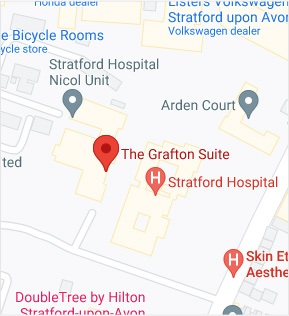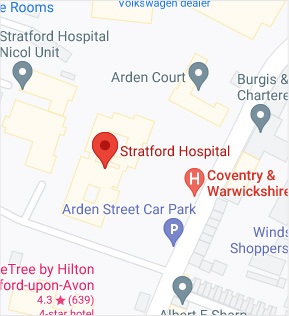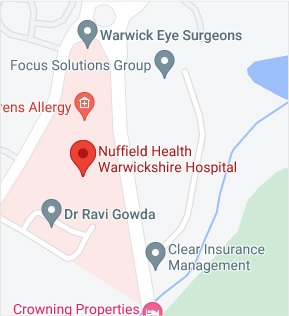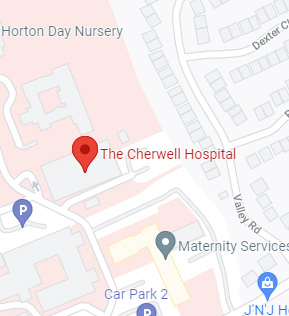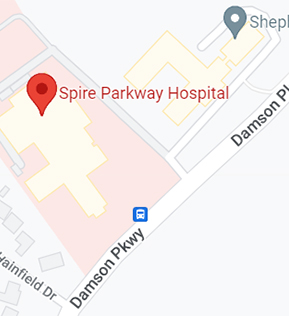What is Extensor Carpi Ulnaris (ECU) Tendon Instability?
ECU tendon instability can occur when the sheath covering and protecting the ECU tendon at the wrist is injured. This causes the tendon to move abnormally and occupy the wrong space within the sheath.
Anatomy
The ECU is a muscle of the forearm that extends from the elbow and inserts into the bone of your wrist (5th metacarpal) below the little finger. The ECU muscle enables bending and sideways movement of your wrist.
Symptoms
The symptoms of ECU tendon instability include:
- Pain and inflammation at the ulnar side of your wrist (below the little finger)
- Snapping of the tendon while moving your wrist
Causes
ECU tendon instability is a rare injury that may be caused due to:
- Trauma
- Repetitive injury
- Sports such as golf, tennis and rugby
Diagnosis
Your doctor will assess your symptoms and take your medical history. Palpation and movement of the wrist by your doctor enables a better understanding of the nature and extent of the injury. Imaging tests such as X-ray, MRI or CT-scan confirm the instability of the tendon.
Treatment
Non-surgical Treatment
Your doctor initially suggests non-surgical treatment options that include adequate rest and a combination of non-steroidal anti-inflammatory drugs (NSAIDs) and opioids to manage pain and inflammation. Your wrist is supported by splinting or casting for about 6 weeks. You will be instructed to perform specific physiotherapy exercises as you heal.
Surgery
Your doctor may suggest a surgical reconstruction of the tendon sheath if conservative treatment options fail. The surgery may be performed under local or general anaesthesia and includes the following steps:
- Your surgeon will make a small incision at the back of your wrist near the ulnar side.
- ECU tendon is exposed. Care is taken to prevent damage to the nerves.
- Debridement, or cleaning out the damaged tissue, is performed by your surgeon.
- K-wires are used to suture the separated ligament.
- The incision is closed, and a bandage is applied.
Your wrist is supported by a cast for a few weeks. Your physiotherapist will teach you specific exercises to help you recover sooner. You should regularly follow up with your surgeon. You may return to normal activities after a few months with your surgeon’s approval.


 REQUEST AN APPOINTMENT
REQUEST AN APPOINTMENT



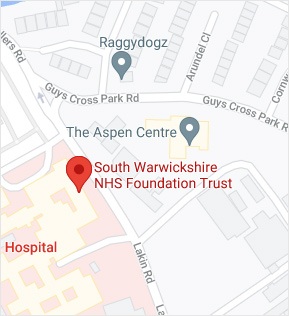
 Ext 4798
Ext 4798